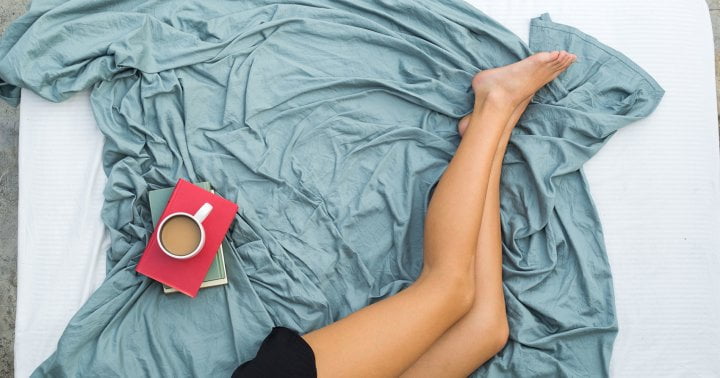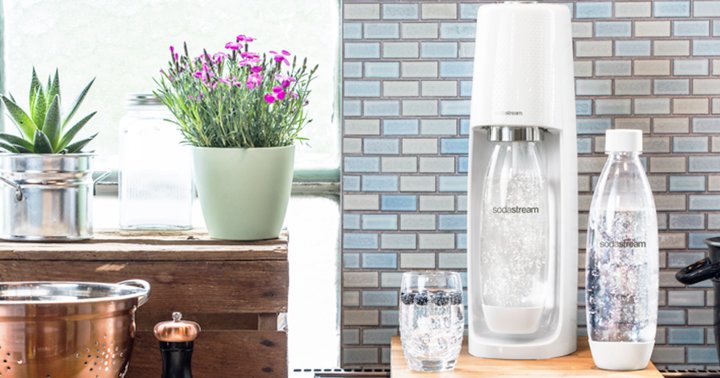Find Out What It Feels Like To Sleep On A Cloud With These 6 Silk Sheets

Humans have been domesticating silkworms (baby Bombyx mori moths) for their silk for thousands of years. When they reach the larva, or caterpillar, stage, these worms feed almost exclusively on the leaves from mulberry trees. Once full, the silkworms construct impossibly intricate cocoons out of the fine silk threads of their saliva.
Those threads are what we eventually turn into silk: Producers will place these cocoons out in the sun to kill off the larvae (silk isn’t vegan!) and then begin the process of spinning their fibers into yarn.
It takes upwards of 2,000 tiny silkworms to create 1 pound of silk, which is one reason the material is so expensive. The process to turn their silk into usable yarn is also time- and energy-intensive, further racking up the price.
Mulberry silk, which is made using this traditional process, is considered the highest quality silk you can buy because of its uniform color and soft feel. If you want the real deal, and are willing to pay for it, look for 100% mulberry silk.
Silk’s weight and density are measured in momme (a Japanese unit of weight equal to 3.75 grams). The higher your mulberry silk’s momme (mm), the thicker and more durable—and likely, more expensive—it is. Silk usually falls between 15 to 30 momme, with 19mm being the average starting point.
If you’re on a budget but still want the lush feel of silk, go for a lighter-weight option. You can also opt for a silk mix or satin instead. Satin is a weaving technique that leads to a smooth and glossy fabric that feels similar to silk, but can be made from synthetic materials like polyester and rayon.
Those who are concerned with the environmental impact of their silk sheets should look for ones that were made in an energy-efficient factory (remember, they take a lot of water, power, and resources to make) and/or dyed using natural materials instead of environmentally damaging synthetic colors.
Here are the best silk sheet options on the market these days, depending on whether you’re looking to save, splurge, or protect the planet.
This article was originally published by mindbodygreen.com. Read the original article here.




